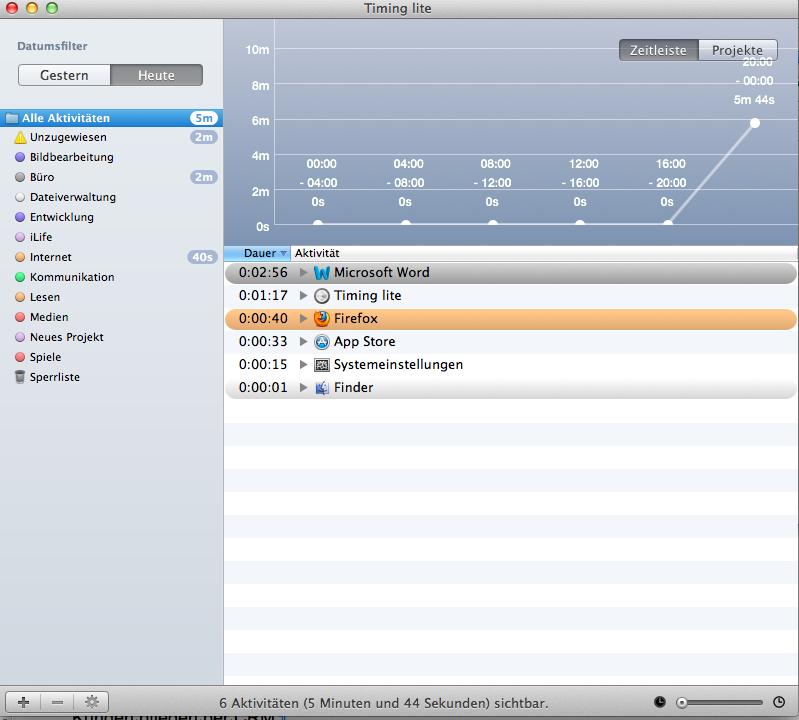

The deep web includes unindexed content or content that requires a significant number of clicks to access it. The deep web remains a mystery for many, even though it gathers about 95% of the Internet’s content. Often confused, dark web and deep web do not mean precisely the same thing. Is there a difference between dark web and deep web? And communication data flows randomly through these nodes located around the world.Īdditional tools allow the user’s IP address and geolocation data to be changed regularly, always to preserve the user’s anonymity. Networks (Tor, I2P or Freelance) are organized into nodes, successive encrypted layers, like an onion, to make it almost impossible to track Internet users. The dark web does not work with a central server but thanks to peer-to-peer (P2P) networks with hidden IP addresses, which allow several computers to communicate directly with each other.

Its content is not accessible via conventional search engines such as Google, Bing, DuckDuckGo, etc. What is the dark web?Īlso known as darknet, the dark web is a parallel Internet. The rest, much more extensive but immersed in darker and darker waters as we sink, is the deep web and the dark web. The visible part, already humongous, is the web, the “web surface” or “world wide web,” the one you use in particular by going through Google or any other popular search engines. An essential element that you must think about before creating your site! Dark Web : An Introductionīy Jeremiah Vargas | | Latest Posts | 0 Comments If your objective is to create sustainable content to position yourself on Google, it is best to choose a content hub that is unique to you, whose structure you master and which will lower the page depth of the various articles that must remain visible over the long term. The choice of a blog structure, therefore, makes no sense, because it reduces the weight of articles as time goes by, making them further from home and less accessible. A vast majority of the articles concerned “evergreen” type content, in other words, cold, original, non-current, and intended to last over time. The overall conclusion of the study highlights the wide gap between the structuring of sites, the types of content found on them, and their objectives. On more than a million posts analyzed, less than 20% were 5 clicks or less from home when more than 30% were more than 20 clicks away.īy averaging the page depths of the various articles on the blogs, Perficient Digital indicates that 2/3 of the blogs examined have an average of more than 5. Beyond that, without external links, your pages will be invisible or almost invisible. SEO recommendations generally talk about a maximum depth of 5 clicks from home to get to the pages you want to see indexed on search engines. The depth of pages and the number of clicks matters. But overall, content that is not very useful for indexing on search engines. In 54% of cases, more than 30% of the pages are not blog posts. That is the observation made by Perficient Digital in its latest study, which looked at a panel of 100 blogs crawled entirely for the occasion.įirst, Perficient Digital looks at the percentage of pages in these spaces that are blog posts. But even if WordPress allows many possibilities, many of them keep the blog format, also if it is not always adapted to their purpose. The ease of installation and use of this CMS has made it the content management system of choice for many companies wishing to set up an online website.

WordPress would power one in three sites in the world. A new study highlights the fact that blogs are usually not the best choices for positioning yourself high on page 1 of Google, primarily if you publish quality content.


 0 kommentar(er)
0 kommentar(er)
